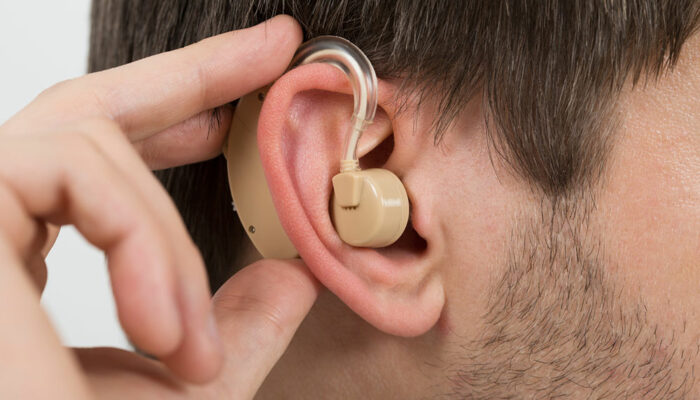
Health
7 foods that can worsen a runny nose
A runny nose is a discomforting symptom that can have various causes, such as allergies, a cold, or other respiratory issues. In most cases, one can make use of home remedies to fight off a simple cold. For example, the right food choices play a crucial role in helping the body fight off infections. However, certain foods may also worsen a runny nose, leading to increased mucus production and other issues. 7 foods that can worsen a runny nose Tomatoes This is a common ingredient in food for several cultures. While they taste great and add great flavor, tomatoes also have inflammatory properties, which can worsen a running nose. Also, some people may also be allergic to tomatoes, and the allergy, while rare, affects the sinuses and airways and can even lead to a runny nose, congestion, or sneezing. So, keeping this ingredient away during a cold or allergy flare-up is best to avoid any more complications. Yogurt This contains a compound called casein in high amounts. While yogurt makes for a great source of protein and probiotics, it should be avoided when it comes to a cold and runny nose. In fact, if one typically opts for yogurt as a snack, one can try eating some chia pudding to feel full and get the required nutrients.
Read More 








